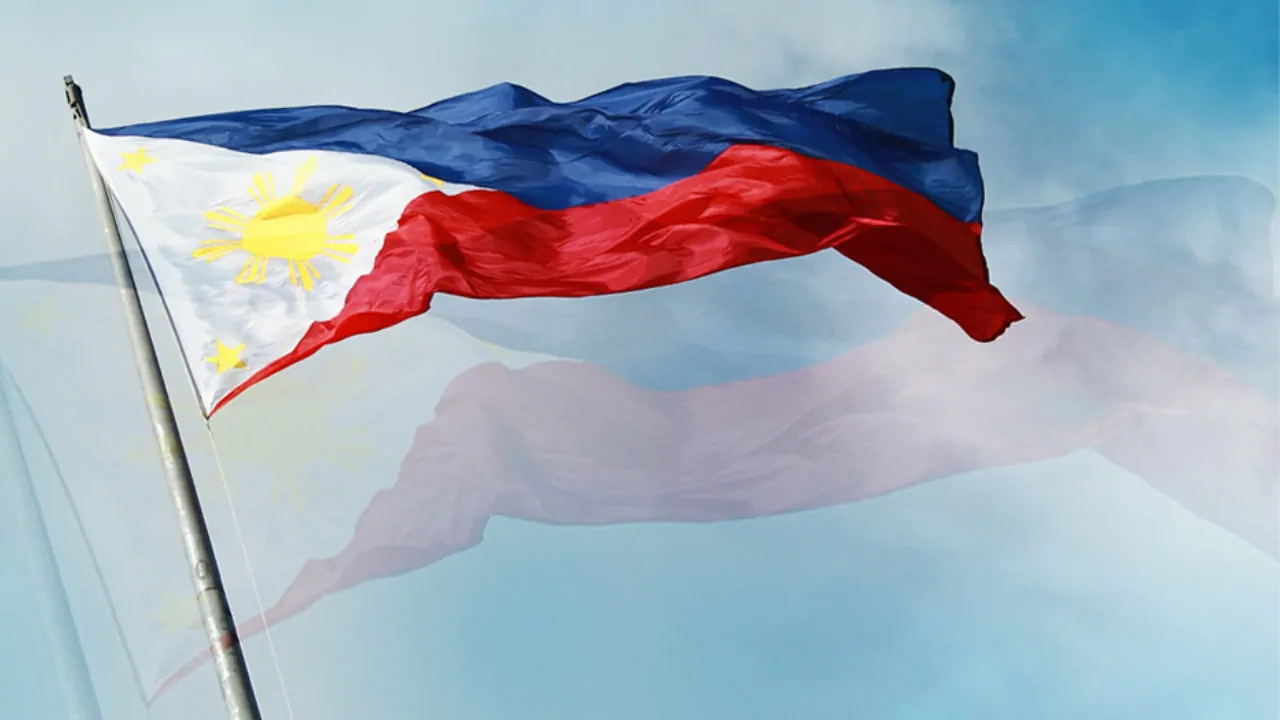On June 12, 1898, the Philippines declared independence from Spain in 1898, a pivotal event that marked the beginning of the nation’s journey toward sovereignty. After more than 300 years under Spanish rule, Filipinos, led by revolutionary leader Emilio Aguinaldo, raised the national flag and played the Philippine national anthem in Kawit, Cavite. This was not just a symbolic gesture but a strong declaration that Filipinos were ready to govern themselves.
The declaration was the result of years of unrest, uprisings, and the culmination of the Philippine Revolution that began in 1896. Filipino revolutionaries grew tired of the Spanish government’s oppression, lack of civil rights, forced labor, and excessive taxation. The arrival of American forces during the Spanish American War created an opportunity for Aguinaldo and his forces to regain control of several towns in the country.
While the Philippines declared independence from Spain in 1898, international recognition did not immediately follow. Instead, the Treaty of Paris was signed in December 1898, ending the Spanish American War. In the treaty, Spain ceded the Philippines to the United States for $20 million. This transition led to the Philippine American War, as Filipino leaders opposed the new colonial power.
Despite this setback, June 12 remains a significant date in Philippine history. It is now celebrated annually as Independence Day, honoring the courage and patriotism of those who fought for freedom. Understanding how the Philippines declared independence from Spain in 1898 provides insight into the resilience of the Filipino spirit and the country’s long struggle for self-governance.
